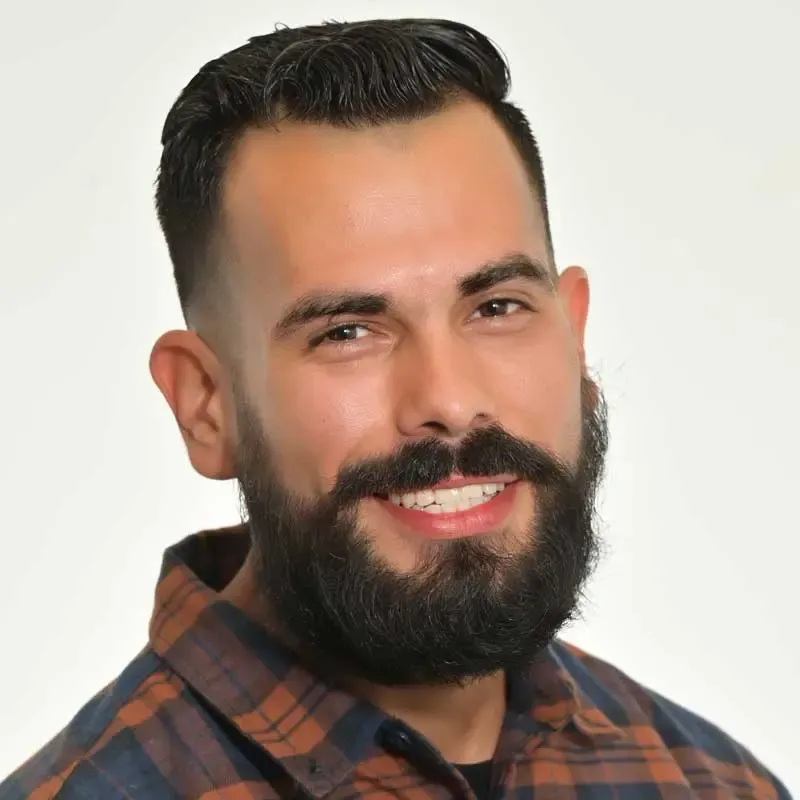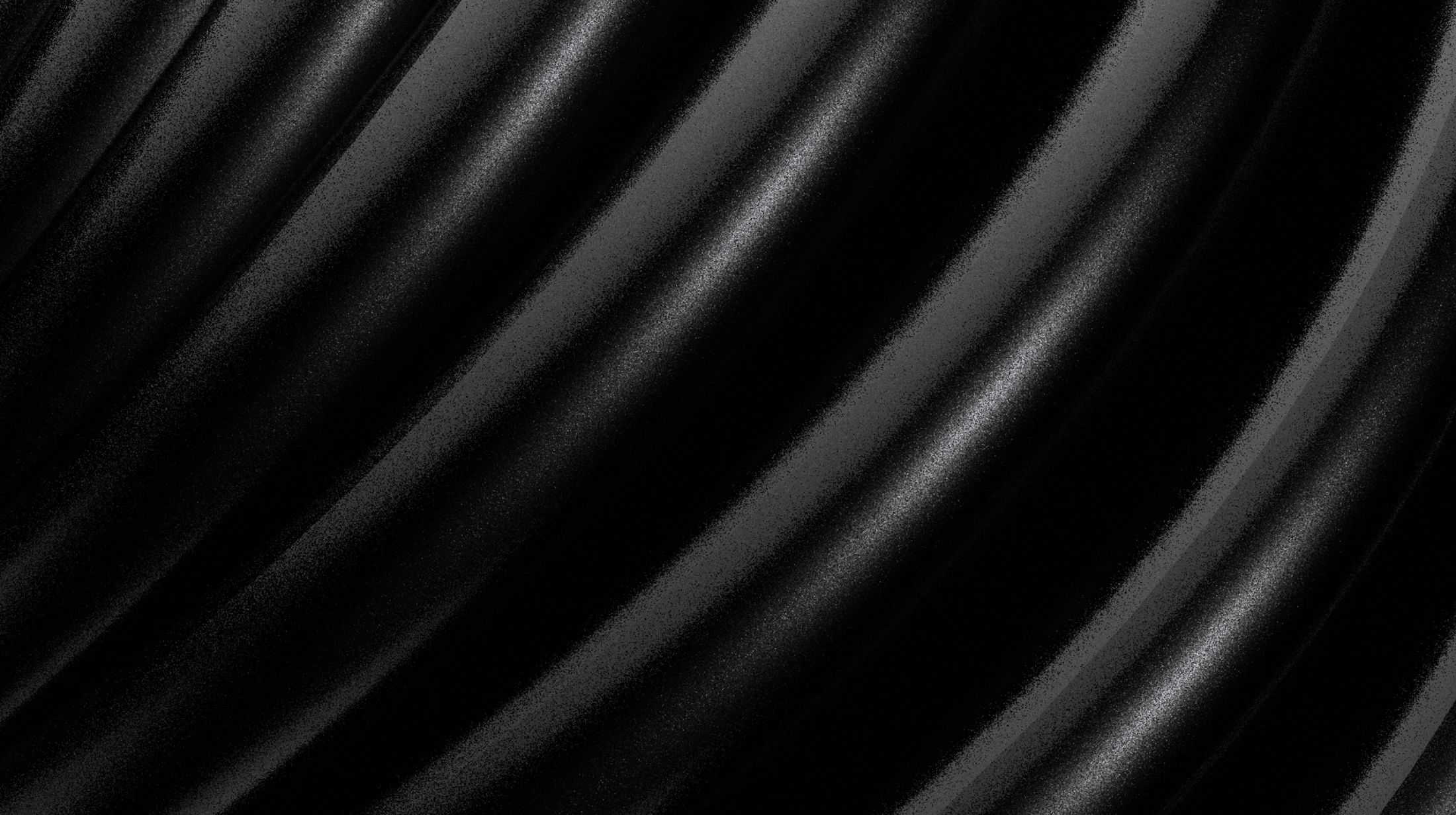
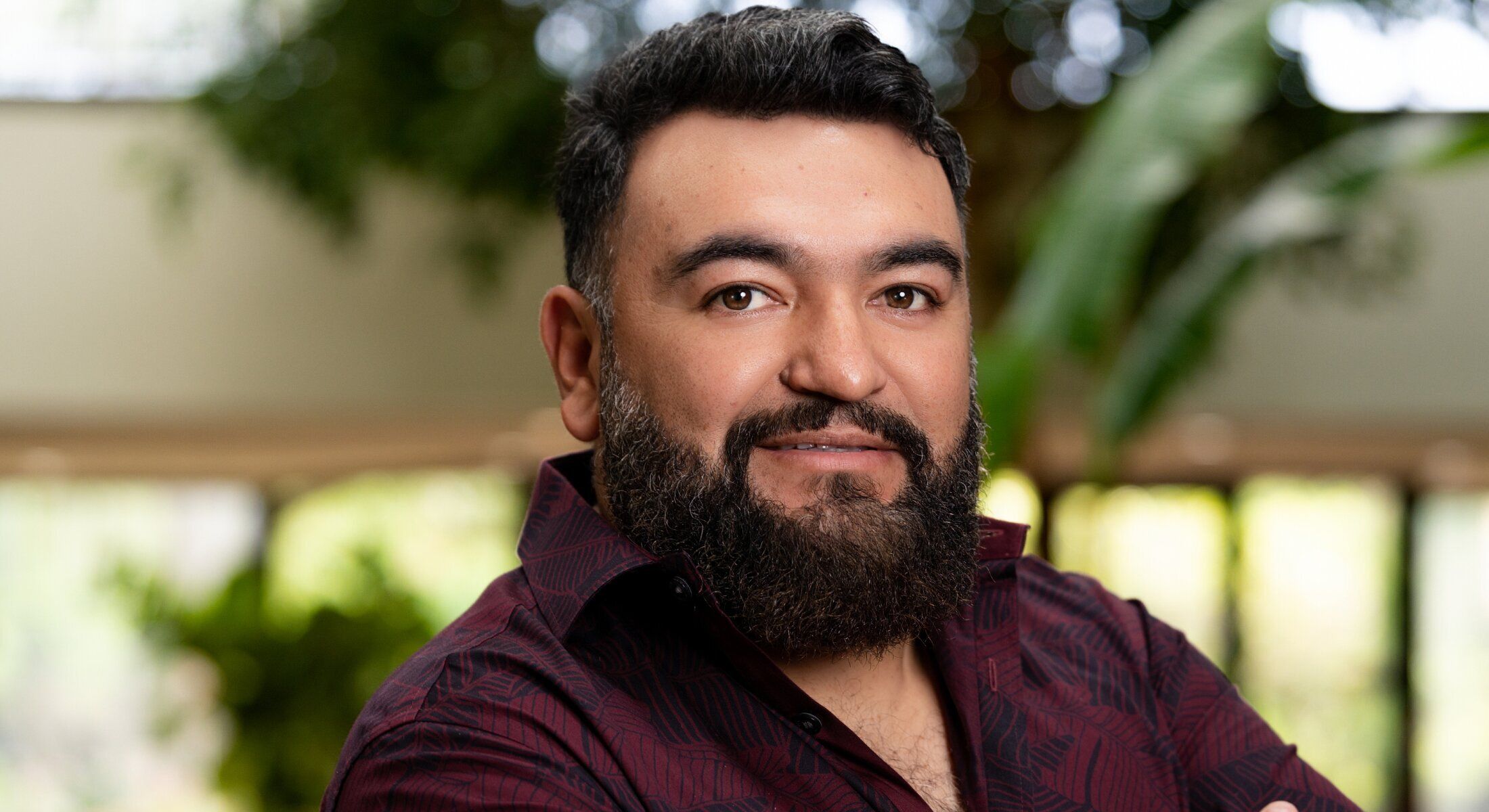


Repair or improve the results of your previous rhinoplasty and achieve the harmonious outcome you’ve always wanted with revision nose surgery from one of the best revision rhinoplasty surgeons, Dr. Raghu Athré. Patients come from around the United States and the world to benefit from Dr. Athré’s expert techniques and personalized approach. Reclaim confidence and comfort with the help of our compassionate and experienced team.
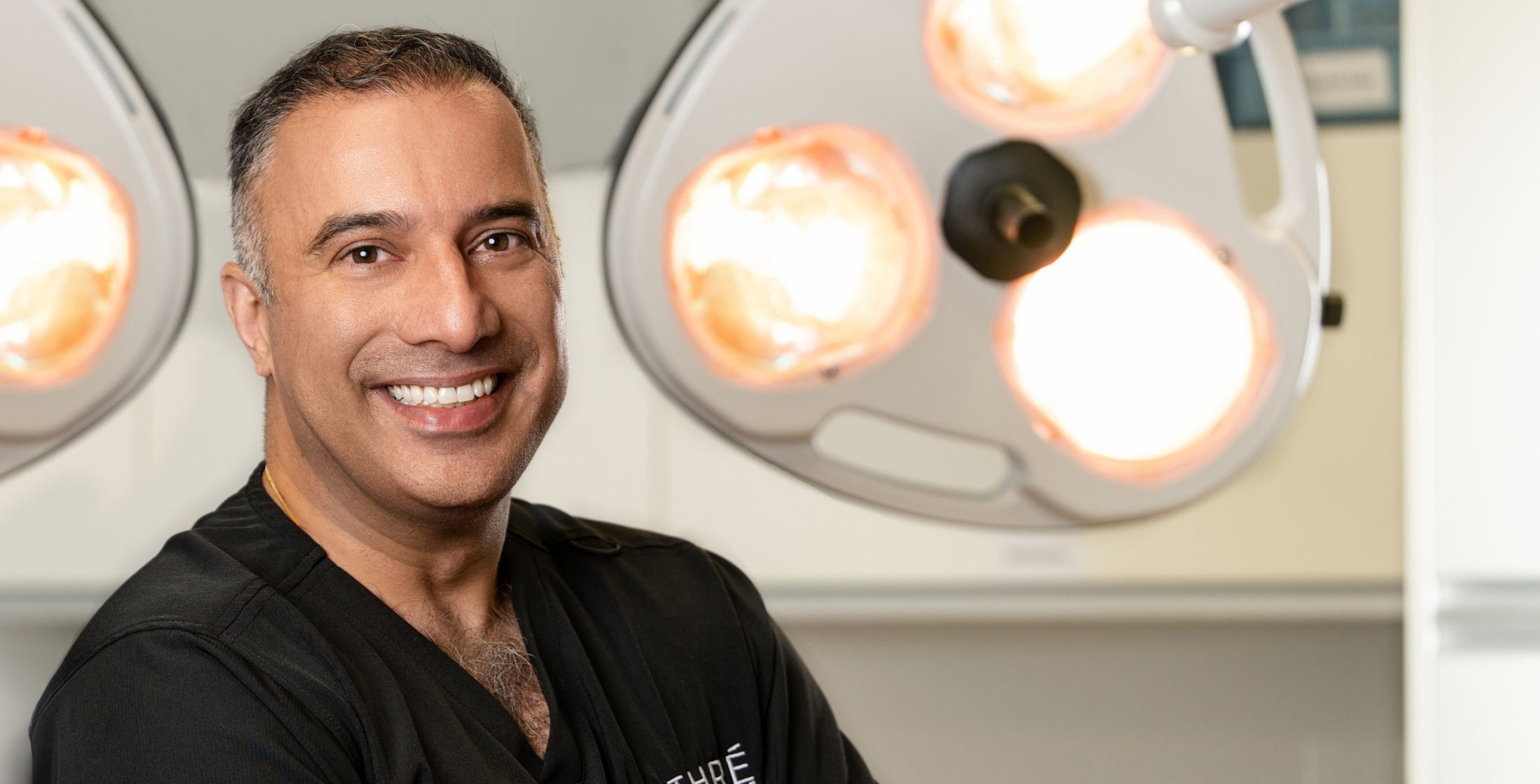
1 of 16
Revision rhinoplasty is the term applied to patients who have had a prior procedure on their nose. Other terms that mean the same thing are secondary rhinoplasty and secondary nasal surgery. Some patients may not have had a prior surgical nose job but might still be considered revision rhinoplasty patients. Examples of such patients include:
This type of surgery is exceptionally complex because previous nasal surgery causes a certain amount of scarring. If the previous surgery was performed incorrectly, or the patient’s tissues did not heal well, the scarring can:
In primary rhinoplasty, all anatomic structures are intact and without scarring or distortion. When nasal surgery is done, just elevating the tissues of the underlying cartilage causes mild scarring. But cartilage is cut, removed, and repositioned in primary nasal surgery. The result of this can be a nose that is twisted, has lost support, lacks septal cartilage, etc. Our Houston revision rhinoplasty procedure aims to correct this damage, improve nasal function, and provide the patient’s ideal cosmetic outcome.
A revision rhinoplasty is a delicate procedure where first, the tissues are elevated, and all the structures that need to be repaired or rebuilt are categorized. Frequently, additional cartilage is required for revision rhinoplasty. This additional cartilage may be obtained from your ear, one of your ribs, or cadaveric rib cartilage grafts.
Revision rhinoplasty in Houston is typically performed as an outpatient procedure. Surgery may take longer than primary rhinoplasty because of its complexity. Dr. Athré will work alongside you to determine the optimal techniques for your procedure. As part of the consultation and planning process, he will provide you with a complete overview of how to prepare for your procedure, the steps of your surgery, and your recovery timeline and aftercare requirements.
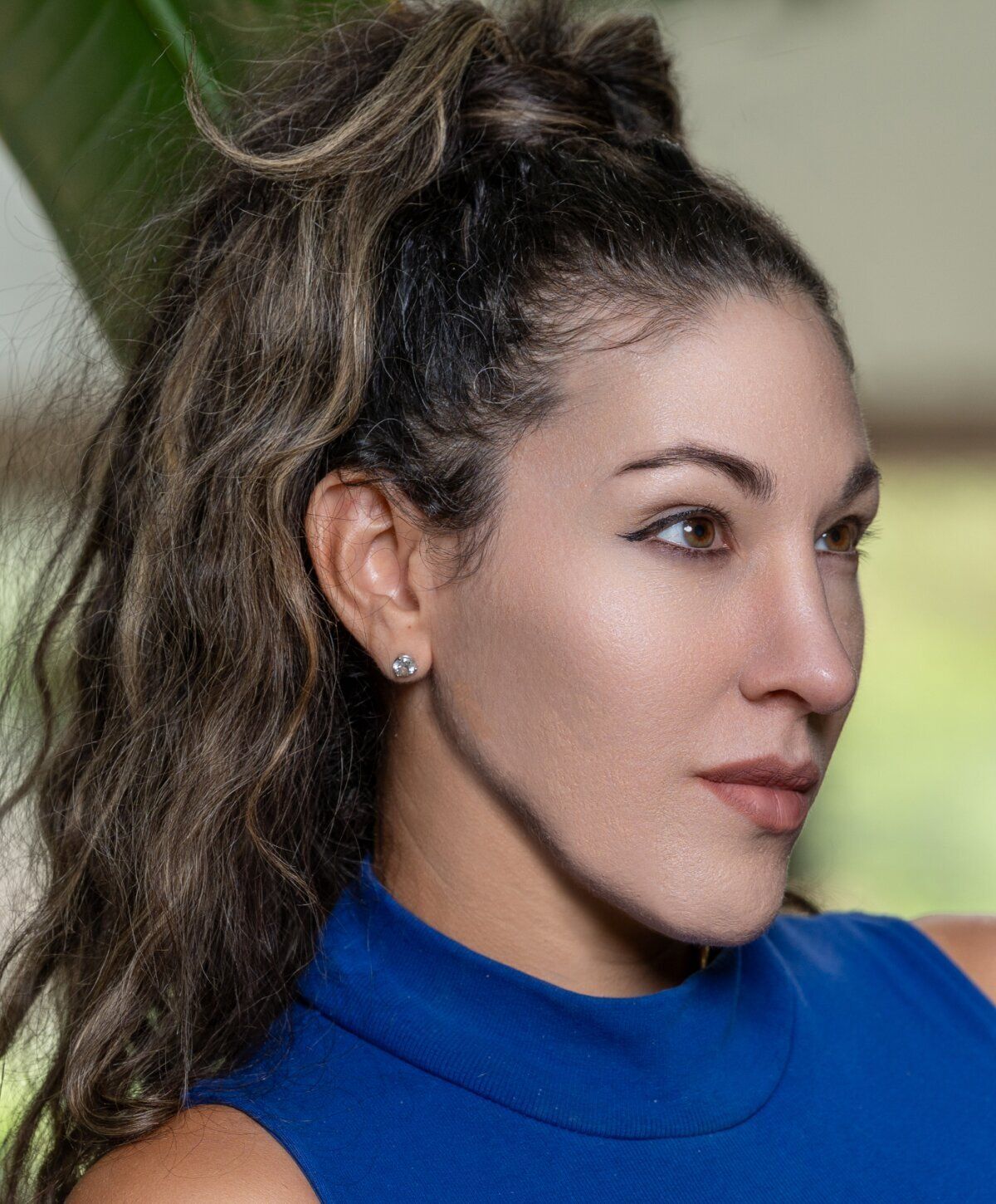
With a revision rhinoplasty Houston patients typically have it done for two main categories of reasons: Cosmetic and Functional.
Though we draw an artificial line between cosmetic and functional issues, these two categories are intimately related, and it is impossible to completely divide these issues into two separate categories.
The nose is perhaps the most defining facial feature. When the nose is in balance with the entirety of the face, the nose disappears into the background. However, when the nose is not proportionate to the features of the face, it stands out.
A beautiful nose is a nose that is straight, balanced, soft, natural, proportional, aesthetically pleasing, AND FUNCTIONS WELL.
Here’s an example of how closely cosmetic and functional attributes are.
Before-and-after photos of a patient with two prior rhinoplasty surgeries are shown. Revision rhinoplasty via the open approach was done under general anesthesia.
Her main complaint was the bulbousness of the tip and the increased width of the tip and dorsum (nasal bones). She underwent a tertiary rhinoplasty for correction of these cosmetic concerns. In her surgery, her alar cartilages and her alar sidewalls were reshaped to give her more definition overall. The nasal bones were rasped as a cosmetic portion of her surgery.
The result of this modification of her lower lateral cartilage actually improved the patient’s nasal airway. The slight change in the angle of the nostrils improved the external nasal valve, and the patient looks better and breathes better.

Even in the best rhinoplasty surgeon’s hands, some patients will require a revision rhinoplasty. There is no surgeon who can boast that they have never had to do a revision rhinoplasty on one of their own patients. Why? What happened?
When rhinoplasty surgery is done, cartilage and tissues are modified. Once the surgery is over, we depend on the body’s natural healing mechanisms to scar the tissues, heal the tissue, and achieve their final shape.
This scarring process is sometimes unpredictable and can cause significant contracture of the tissues. As this happens, twisting and other changes can happen, which can necessitate a revision. Also, patients can complain of breathing problems and a deviated septum as the nose has lost support after primary surgery. To combat this, cartilage grafting and other adjustments are performed to combat the forces of scarring and contracture.
Despite this, contracture and scarring can still occur. Dr. Athré’s extensive experience with primary and revision rhinoplasty and his engineering background allows him to perform rhinoplasty surgery, controlling as many variables as possible to give you the most reproducible result and minimize the chance of such complications. Experience is key to the best revision rhinoplasty results.
Being scared is NORMAL!
The revision rhinoplasty patient is one of the most difficult patients.
Why? The revision rhinoplasty patient has already undergone surgery. That first surgery was filled with hope and expectations of an amazing result. When that result did not quite happen, and complications arose, a certain amount of depression, anxiety, disappointment, and fear set in.
The most important part of the revision rhinoplasty process is the consultation. Dr. Athré specializes in revision rhinoplasty and has successfully corrected patients who have had as many as 5 prior rhinoplasty surgeries. In the consultation, all of the above apprehensions and fears are discussed with the patient, including expectations and the chances of success.
The consultation is for the patient and Dr. Athré. The patient normally has questions and concerns about the revision rhinoplasty procedure. Dr. Athré needs to understand what happened in the prior procedure, make sure that the patient has realistic expectations, AND develop a detailed plan on what is necessary.
The only way to combat the fear and apprehension is with honesty and information! During the consultation process, Dr. Athré will create a detailed schema of items that need to be corrected and a blueprint of possible options that may be required in your case will be outlined.
As in anything, the first step of the process is the hardest step. If you are interested in learning more about a revision rhinoplasty, please contact us through our contact form.
As discussed in many places, cartilage is the key structural component of the nose. It is the “framing” behind the structure of the nose. You cannot build a house without wooden studs, and you cannot build a nose without cartilage. In revision rhinoplasty procedures, cartilage has frequently been resected, is missing, or is deformed and cannot support the nose. In such cases, additional cartilage is required to rebuild the nose. There are three general sources of cartilage, which are outlined below.
Auricular cartilage is cartilage from your own ear. A small amount of cartilage is removed from the ear through an incision made on the back side of the ear. This procedure does NOT change the cosmetics of the ear, the shape of the ear, the size of the ear, or your capacity to hear. You will never know that a small piece of cartilage was removed from the ear. This type of cartilage is really poor for structural support but is excellent for contouring and for camouflage.
Costal cartilage is rib cartilage. To harvest costal cartilage, a small incision (approximately 2 inches) is made on the right side of the chest. In women, this incision is made in the inframammary fold of the crease, where your bra strap sits against the bottom part of your right breast. This type of cartilage is awesome for structural support and poor for camouflage.
Cadaveric rib cartilage. This type of cartilage is rib cartilage, except that it is harvested from a donor cadaver. Persons who have indicated that they would like to donate their bodies are the source of these biological products. The cadavers of these persons are screened for numerous diseases such as HIV, Hepatitis A/B/C, CMV, HPV, etc. Once the cadaver has passed all the exams, it is appropriate for willed body donation. The rib cartilage from these cadavers is harvested, processed, and sold for implantation in such surgical cases.
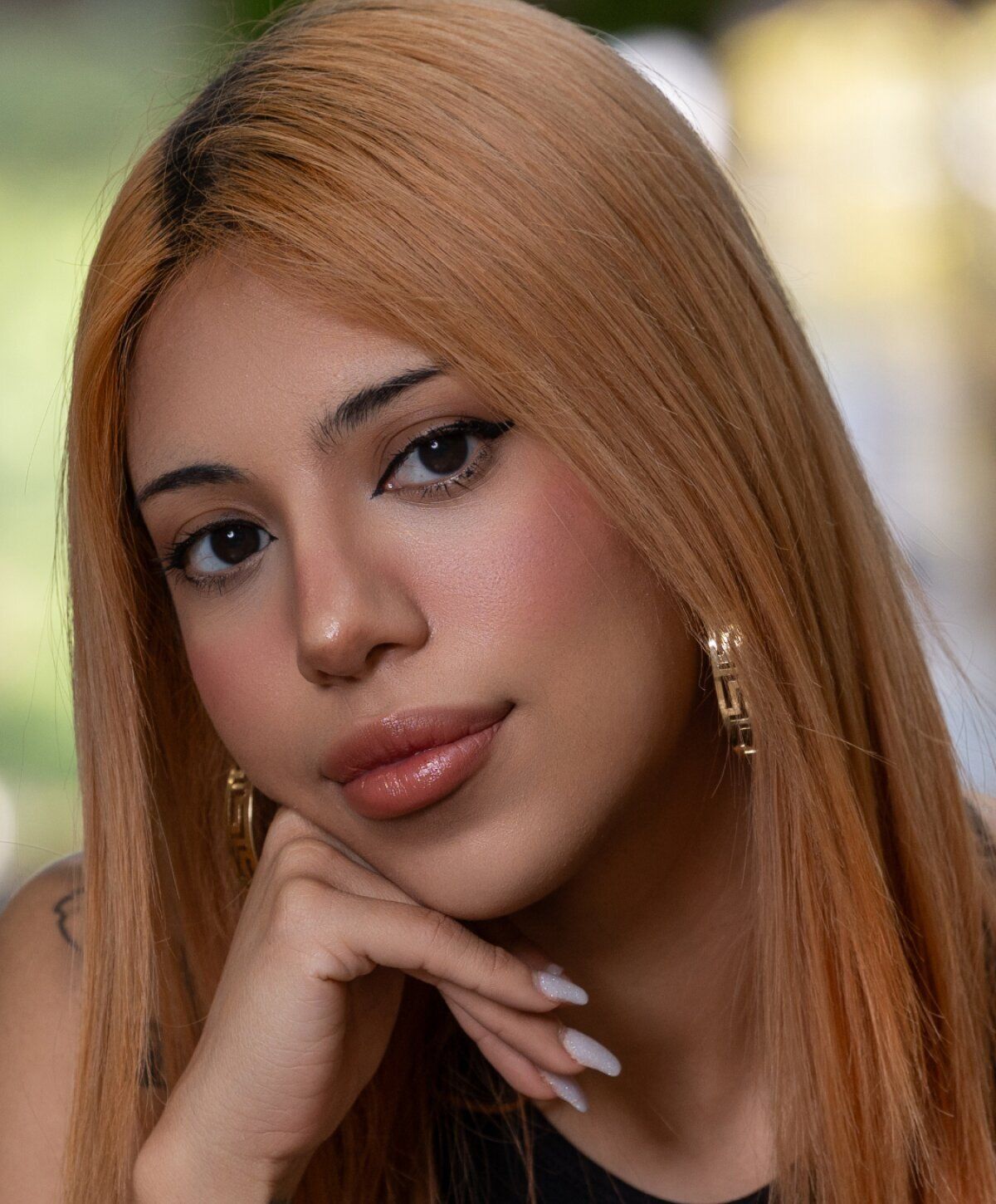
| Cartilage Source | Positive Attributes | Negative Attributes |
|---|---|---|
| Auricular (Ear) |
|
|
| Costal (Rib) |
|
|
| Cadaveric (Rib) |
|
|

The recovery period is an important part of your journey. Downtime following revision rhinoplasty may be longer than after your initial surgery, especially if an autologous tissue graft is used. Dr. Athré specializes in techniques that involve the least amount of invasiness to promote optimal healing. He will go over your recovery timeline with you and provide detailed aftercare instructions. He will also check your healing at post-operative appointments and stay available to answer any questions or concerns.
As you heal, you will very quickly be able to see and feel the results of your surgery. In over fifteen years of practice, Dr. Athré has maintained a 0% percent revision rate among his Houston revision rhinoplasty patients. In other words, these patients were able to achieve an excellent result that required no further revision.
Regain control of your appearance, health, and self-image with revision rhinoplasty performed by Houston’s leading rhinoplasty surgeon. Call our office at 281-557-3223 or fill out our easy online form to schedule your personal consultation with Dr. Raghu Athré today.
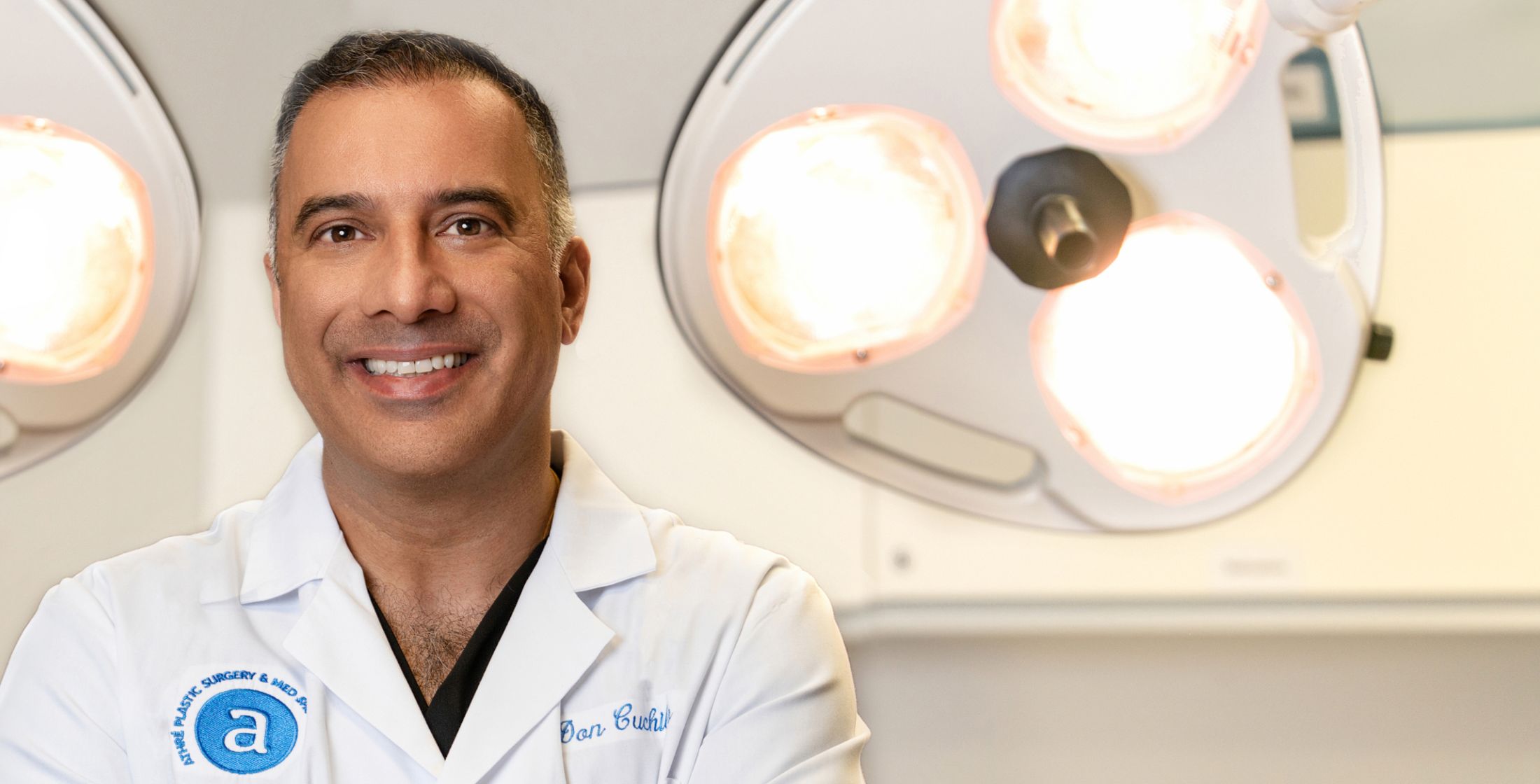
“Dr. Athré did an amazing job on my nose. His staff treated me like family, and I felt very comfortable getting the work done. He was very intuitive on what I was trying to accomplish and knowledgeable enough to work through the issues involved to get the result I wanted, especially considering it was a revision surgery. The whole experience was great and helped me so much!”
Some studies show that the rate of revision after a rhinoplasty is in the 10-15% range. This means that 10-15% of the patients having a rhinoplasty surgery will go in for a second revision surgery.
First, Dr. Athré’s revision rate after primary rhinoplasty is less than 2%. His revision rate for a revision rhinoplasty is 0% over 15+ years.
How can the revision rate of revision rhinoplasty be so low? When you start the process on a revision rhinoplasty, Dr. Athré first starts with the philosophy of do no harm. So, if the revision surgery does not have a significant probability that the patient is going to be better and the risk/benefit analysis does not favor the patient, he will not offer revision surgery to the patient. Second, during revision surgery, Dr. Athré is aware that the primary surgery did not work out. Hence, revision surgery is “over-engineered” to minimize the risk of complications.
Revision rhinoplasty surgeries are almost always done via the open rhinoplasty technique. This is because the open rhinoplasty technique allows better visualization of all possible issues and structures contributing to the suboptimal result after primary nose surgery.
A revision rhinoplasty is more expensive than a primary rhinoplasty. Additional cartilage requirements, like rib cartilage, will make the price go up. The reason that revision rhinoplasty is more expensive is TIME. Dissection in revision surgery is harder and more tedious, requiring more time. Ancillary procedures take more time. All of this adds up and increases the surgical cost and the anesthesia/facility costs for a revision rhinoplasty. Pricing for revision rhinoplasty can be found on our pricing page.
There are no steadfast rules on this. The earliest Dr. Athré will see a patient for a potential revision is six months after their primary rhinoplasty. Usually, Dr. Athré likes to wait 9-12 months after the primary rhinoplasty to let complete healing occur. This also minimizes dissection in a fresh surgical site that has a tendency to bleed more, making the difficult dissection even more difficult.
From an entirely surgical point of view, the exact same risks that existed for primary rhinoplasty exist for revision rhinoplasty. This includes difficulty breathing through the nose, poor cosmetic outcome, septal perforation, and nasal synechiae. There might be additional risks IF ancillary procedures are also done.
Despite this, most patients can still return to work within ten days after revision rhinoplasty surgery.
Your insurance company may or may not pay for a revision rhinoplasty. Insurance will not cover any cosmetic surgeries and will not cover any of the cosmetic portions of nasal surgery.
Dr. Athré does not accept insurance for revision rhinoplasty. You are welcome to obtain your own pre-authorization and file your own insurance.
“Dr. Athre did an amazing job on my nose. His staff treated me like family and I felt very comfortable getting the work done. He was very intuitive on what I was trying to accomplish and knowledgable enough to work through the issues involved to get the result I wanted, especially considering it was a revision surgery. The whole experience was great and helped me so much!”
